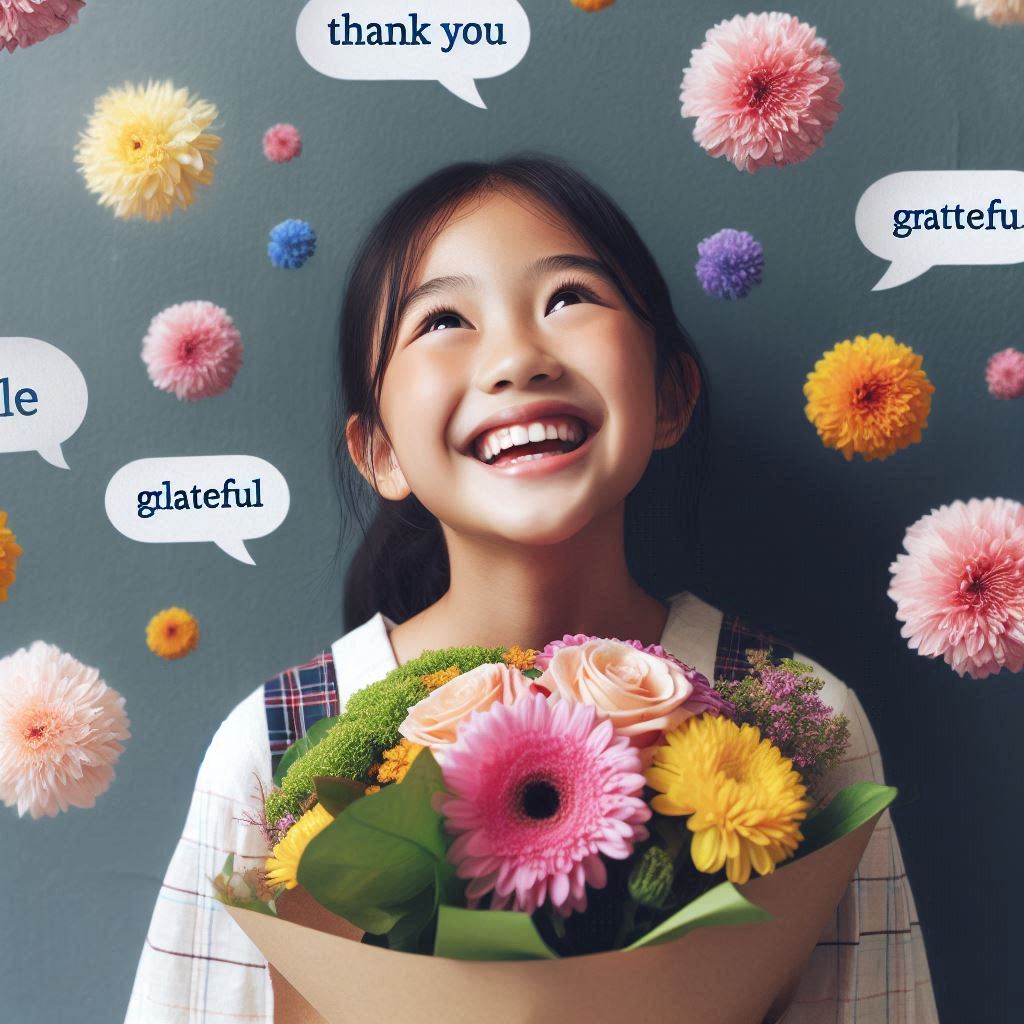Stress Less, Live More: The Powerful Impact of Gratitude on Happiness
Introduction
Have you ever noticed how a simple “thank you” can brighten your day? Gratitude is more than just good manners—it’s a powerful tool for enhancing your overall well-being. In this article, we’ll explore how practicing gratitude can lead to a happier, more positive life.
Understanding Gratitude
Definition of Gratitude
Gratitude is the practice of recognizing and appreciating the good things in your life. It’s about focusing on what’s going right rather than what’s going wrong.

The Psychology Behind Gratitude
Psychologists define gratitude as a positive emotional response that we perceive when we give or receive a benefit from someone. This response can significantly impact our mental and emotional state.
Scientific Evidence of Gratitude’s Benefits
Studies on Gratitude and Mental Health
Research has shown that gratitude can improve mental health by reducing symptoms of depression and anxiety. It promotes a more optimistic outlook on life.
Physical Health Benefits
Gratitude isn’t just good for your mind; it’s good for your body too. Studies have found that practicing gratitude can lower blood pressure, improve sleep, and boost the immune system.
Gratitude and Emotional Well-Being
Impact on Mood and Happiness
Regularly practicing gratitude can increase your overall happiness. By focusing on the positives, you naturally foster a more joyful and content mindset.
Reduction of Stress and Anxiety
Gratitude helps in reducing stress and anxiety by shifting your focus away from worries and toward the positive aspects of your life. This mental shift can significantly lower stress levels.
How Gratitude Changes Your Brain

Neuroplasticity and Gratitude
Gratitude can change the brain’s neural pathways. Neuroplasticity allows the brain to adapt and form new connections, and practicing gratitude strengthens the pathways associated with positive emotions.
Activation of Positive Neural Pathways
When you practice gratitude, you activate the brain’s reward system, leading to feelings of pleasure and contentment. This activation makes it easier to experience positive emotions more frequently.
Gratitude Practices
Gratitude Journaling
Keeping a gratitude journal involves writing down things you’re grateful for each day. This practice helps reinforce positive thoughts and creates a record of your blessings.
Gratitude Letters
Writing letters of gratitude to people who have made a difference in your life can be incredibly fulfilling. Even if you don’t send the letter, the act of writing can boost your mood.
Gratitude Walks
Taking a walk and reflecting on things you’re grateful for can combine the benefits of physical activity with those of gratitude. Nature can enhance this experience, providing a peaceful setting for reflection.
Gratitude in Daily Life
Incorporating Gratitude into Morning Routines
Start your day on a positive note by incorporating gratitude into your morning routine. Spend a few minutes thinking about or writing down things you’re thankful for.
Evening Reflections
Before going to bed, reflect on the positive events of the day. This practice can improve your sleep and ensure you end the day on a positive note.

Gratitude in Relationships
Enhancing Personal Connections
Expressing gratitude can strengthen your relationships. Letting people know you appreciate them fosters a deeper connection and mutual respect.
Expressing Gratitude to Others
Make it a habit to regularly express gratitude to those around you. A simple “thank you” can go a long way in making someone feel valued and appreciated.
Teaching Gratitude to Children
Importance for Young Minds
Teaching children to practice gratitude can set them up for a happier and more positive life. It helps them appreciate what they have and fosters empathy.
Fun Gratitude Activities for Kids
Engage children in fun gratitude activities like creating a gratitude jar, where they can add notes about things they’re thankful for. This makes the practice enjoyable and meaningful.
Gratitude at Work
Fostering a Positive Work Environment
Practicing gratitude at work can improve morale and create a more positive work environment. Recognizing and appreciating colleagues’ efforts can boost team spirit.
Recognizing and Appreciating Colleagues
Take time to acknowledge and thank your colleagues. This can improve working relationships and create a supportive workplace culture.
Overcoming Challenges to Practicing Gratitude
Dealing with Negativity and Skepticism
It’s normal to encounter resistance when starting a new practice. Overcome negativity by focusing on small, positive aspects of your day and gradually building up your gratitude practice.
Maintaining Consistency
Consistency is key to reaping the benefits of gratitude. Set reminders or incorporate gratitude practices into your daily routine to make it a habit.

The Role of Gratitude in Tough Times
Finding Silver Linings
Even during challenging times, there are always things to be grateful for. Finding silver linings can help you maintain a positive outlook and build resilience.
Building Resilience
Gratitude can strengthen your ability to cope with adversity. By focusing on the positives, you build mental resilience and a stronger foundation for dealing with life’s challenges.
Real-Life Stories of Gratitude
Personal Testimonials
Hearing from others who have successfully incorporated gratitude into their lives can be incredibly motivating. Personal stories highlight the real-world benefits of gratitude.
Case Studies
Case studies provide detailed examples of how gratitude practices have transformed lives. These stories can offer inspiration and practical insights.
Tools and Resources for Practicing Gratitude
Apps and Online Platforms
Several apps and online platforms can help you practice gratitude, such as Gratitude Journal, Happify, and 365 Gratitude.
Books and Journals
Numerous books and journals are available that offer guided gratitude practices and insights. Some popular choices include “The Gratitude Diaries” by Janice Kaplan and “Thanks! How Practicing Gratitude Can Make You Happier” by Robert Emmons.
Conclusion
Gratitude is a powerful practice that can enhance your overall well-being. By incorporating gratitude into your daily routine, you can cultivate a more positive outlook on life and experience greater happiness. Start small, be consistent, and watch as your life transforms.
FAQs
- How can I start practicing gratitude?
- Begin with simple practices like writing down three things you’re grateful for each day. Gradually incorporate more gratitude exercises into your routine.
- Can gratitude help with depression?
- Yes, research has shown that practicing gratitude can reduce symptoms of depression and improve overall mental health.
- How long does it take to see the benefits of gratitude?
- Some people notice improvements within a few weeks, while for others, it may take longer. Consistency is key to experiencing the benefits.
- What if I struggle to find things to be grateful for?
- Start small. Even on tough days, there are always small things to be thankful for, like a warm cup of coffee or a kind gesture from a friend.
- Can children benefit from practicing gratitude?
- Absolutely! Teaching children to practice gratitude can help them develop a positive mindset and foster empathy and kindness.






